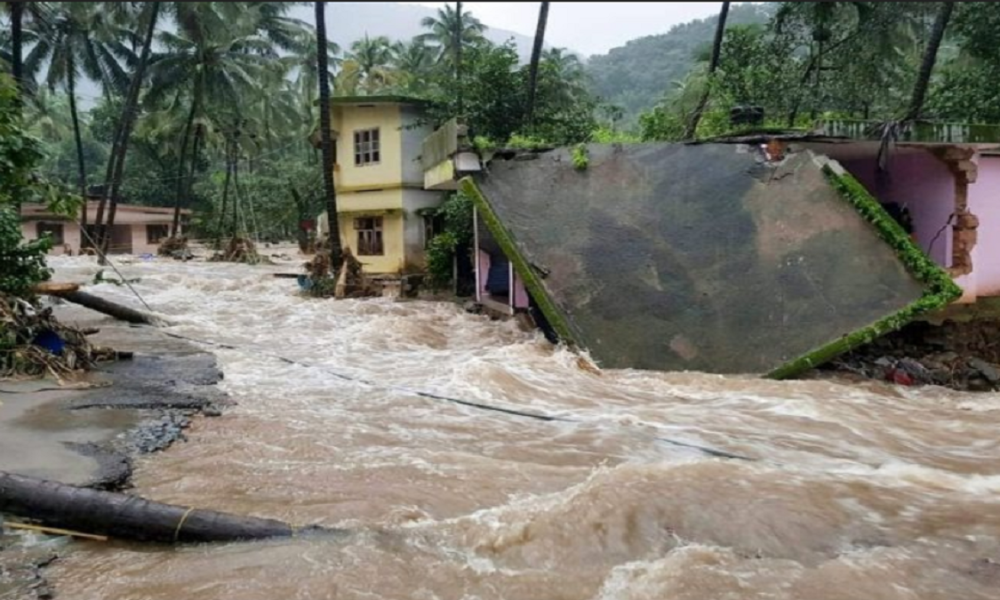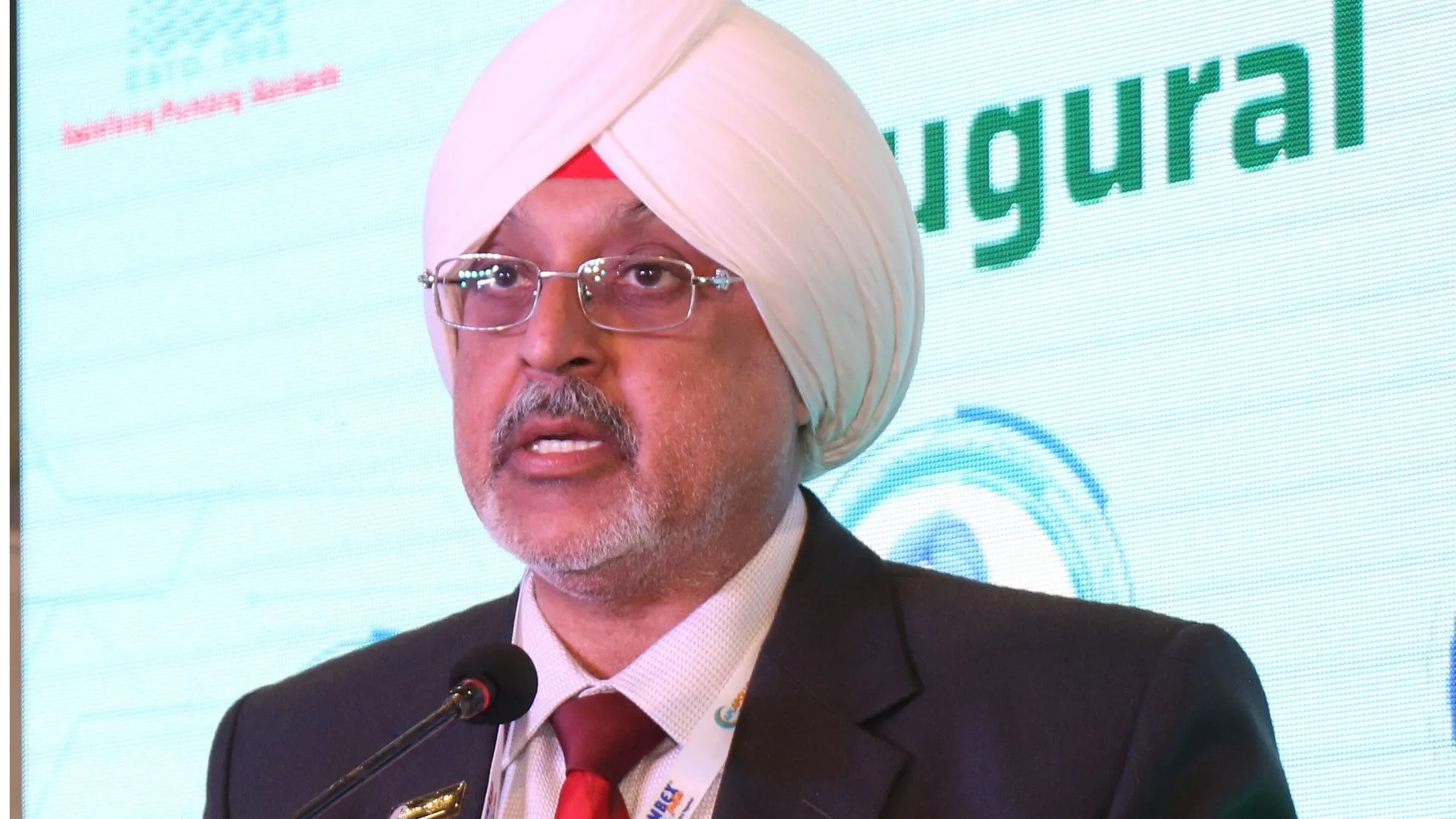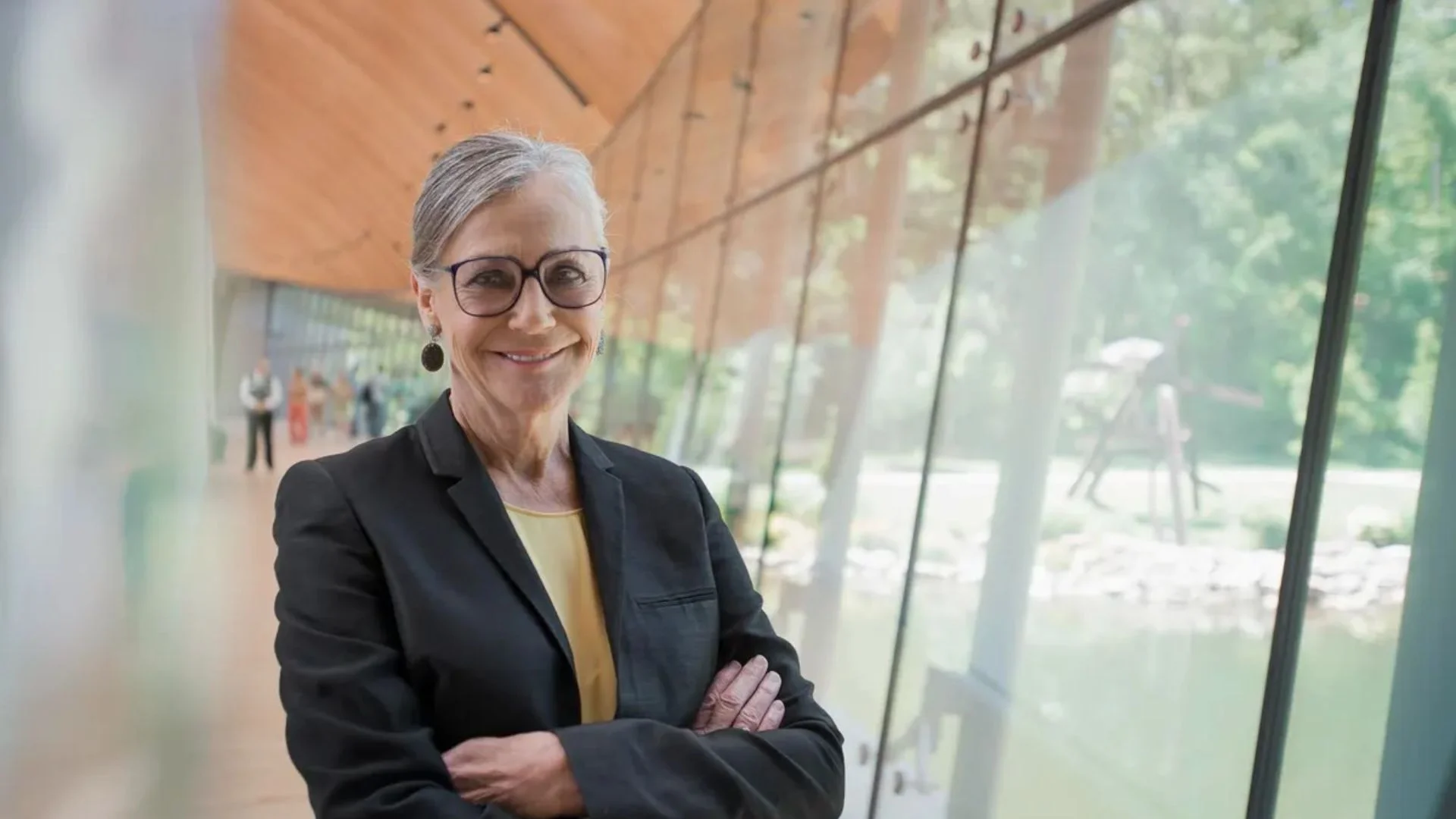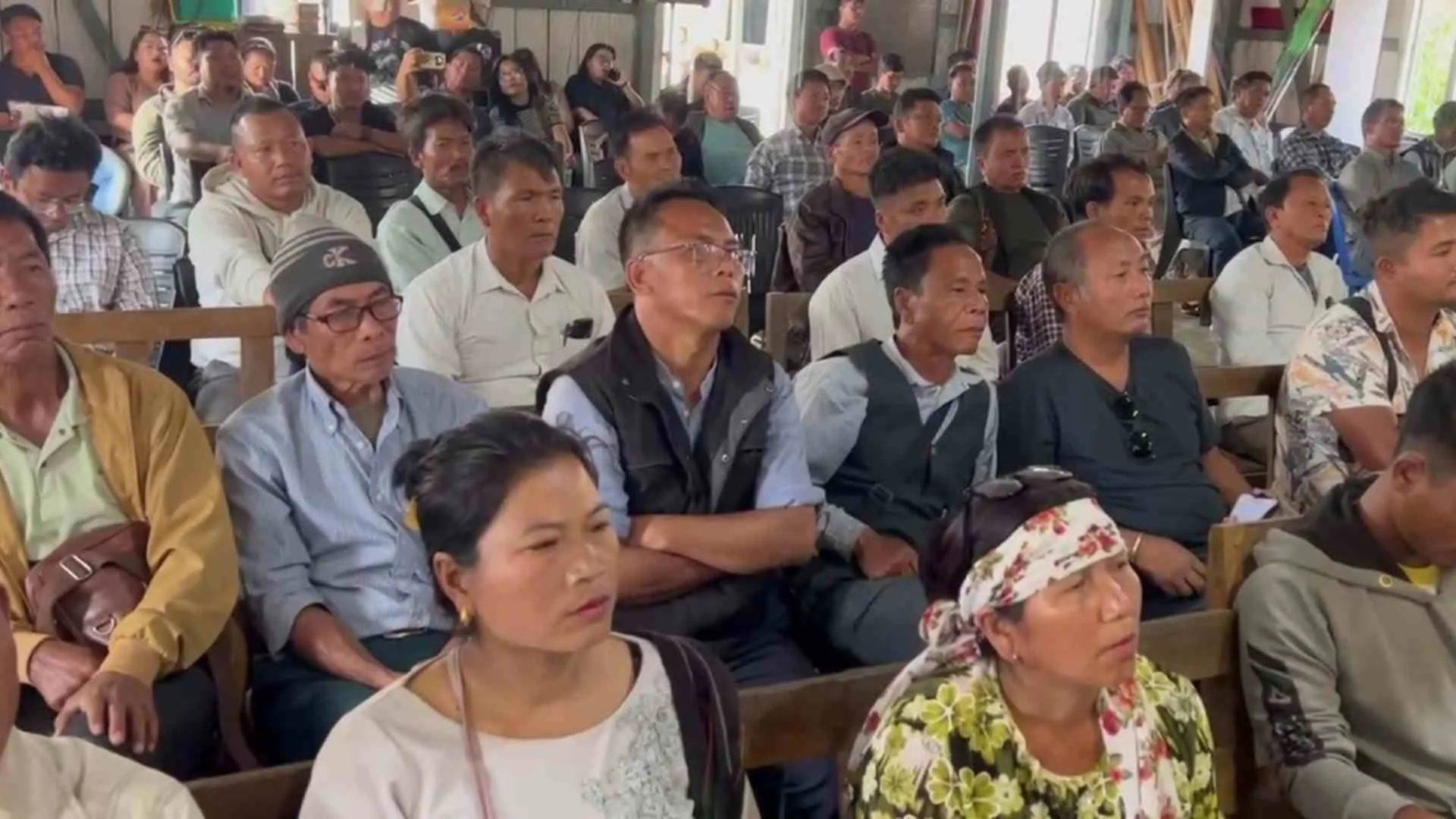Natural disasters are familiar and to the world time immemorial which cannot be prevented from happening. The effects, consequences and of natural disasters can definitely be prevented through better preparedness and strict implementation of environment protection statutes. Preparedness never restrict to evacuation of inhabitants to a safer place. Also present world is technologically and scientifically advanced to forecast the occurrence natural disasters. In the recent years, India is facing several natural disasters in queue causing more disastrous than the normal assessed damages. This is due to the lack of proactive approach from public authorities and concerned government. It is surprising how the government is responsible for disastrous effects of a natural disaster.
EIA controversies and non compliance starts from our National Capital New Delhi. In 2018, seven South Delhi Redevelopment colonies were proposed to be constructed faced with irregularities and controversies at the initial stage. The MoEF has issued an Office Memorandum stating that single project in different areas shall submit common EIA. But the concerned government authority submitted separate EIAs for seven colonies neglecting the effects to flora and fauna, bio diversity and approved for cutting down 16,000 trees. It is already in the domain that Delhi is highly polluted and populated. This year the Hon’ble Delhi High Court has said ‘YES’ to the project by complying efficient energy and environment management systems. The recent array of earth quakes in Delhi made many IITs to speak about the causes wherein it clearly states that climatic changes can cause movement of earthquake centers due to movement of tectonic plates. Frequent climatic change is only due to clumsy development of the state.
In 2017, Bursur Hydroelectric Power Project in Chenab River, Jammu and Kashmir is another example where the government filed EIA earlier than usual time period. The government has not even touched the ecological concerns with respect to the site. It affects free flow of tributaries passing through various villages. It proposed readjustment of National Park Boundaries. The Environment Ministry appointed expert subcommittee to speculate the environment concerns as the area is biologically diverse in abundance. The studies by Utah University and other IITs says the ever reported mighty Uttarakhand floods in 2013 is due to immense loading of green house gases in the troposphere and continuous blasts of mountains for dam construction purposes. Government has learnt lessons not yet and hence Bursur dam. What other good proof we need?
In 2016, the Supreme Court ordered West Bengal Government to return the 997 acres Singur land acquisitioned for Tata Nano small car factory. The High Court found the government failed to give actual information with regard to numbers involved and EIA. Singur is the most fertile land in West Bengal and cultivation was enormous being the source of livelihood for more than 15000 families. Though the land was returned, the environment alterations and construction made as a part of this project forcing it to rest as wasteland till date. One of the main causes in 2017 West Bengal floods is landslides and depressions.
Dibang Hydroelectric Power Multi-purpose Project received signals of ‘Go- ahead’ in 2019 after its foundation laid in 2008. The EIA had never made concerns on displacement of tribes residing, destruction of rice fields and forest lands. It is located closely to Mehao Wildlife Sanctuary. The project was challenged by an IIT professor which was disposed says the government will ensure the ecological concerns. Afterwards Dam Safety Bill 2019 was proposed by the government and has not enforced yet.
Navi Mumbai New Airport site is still in dispute as the site is closely associated with Karnala bird sanctuary located along MumbaiGoa- Konkan Highway. Study by IIT Bombay said that establishment of airport will drastically affect climatic conditions, food insecurity and the birds, flora and fauna in the sanctuary. The project has displaced lakhs of villagers and rehabilitation is still unresolved. In the said issue, clearance was given without public hearing and proper EIA report. Expansion of metro city including airport construction by deforestation and alteration of environment and Dimbhe Dam construction are cited as reasons for Malin Landslide in 2014.
In 2017, the State of Karnataka was pulled by NGT for cutting trees in Western Ghats for the purpose of Yettinahole Project and its subsequent incomplete reports. The trees once axed cannot be fixed again. We are familiar that the state has faced massive floods and landslides in the recent years.
Amravati Smart City Project in Andhra Pradesh initiated in 2014 by enacting AP Reorganization Act. Amaravati is a flood plain located in the banks of river Krishna where agriculture and horticulture and aquaculture were practice from a long period. The activation of the said project by the state government has made the flood plain environmentally unsustainable and violated laws of the land. A Singapore based company prepared master plan for Amravati. After the change of ruling government the project is slowed down. The construction and alterations so far done on the flood plains is done. This a situation where EIA has no say even if it has something to say. Another is the Punchithala Project between Nagarjuna Sagar and Srishailam project where clearance was issued without proper EIA and public hearing. But the High Court intervened and issued injunction.
Kudamkulam Nuclear Power Plant [KNPP] situated in Tamil Nadu is the largest nuclear power plant in India. In the EIA it is well stated that even its normal functioning emits hazardous chemicals such as isotopes, strontium, tritium, tellurium and other radioactive substances which can easily enter into the food chain through cattle, air, ground water and ultimately to inhabitants. After the Fukushima Diiachi Nuclear Disaster, several protests were made by the inhabitants and several NGOs. PIL was filed in 2012 in the apex court and hence appointed a commission to study the same. The state government has also constituted a panel which favored commission of the plant. My question is “why to risk our own lives and sacrifice our environment for economic gains?”
Southernmost state of our country Kerala has drenched in terrifying floods in consecutive years 2018 and 2019 engulfing 500 and 125 lives respectively. In 2018, the state faced torrential rains for two weeks which made the entire forty dams spill. The state government had powers to open the shutters of the dams but they openly opted for generation of electricity. Aftermath of flood was exorbitant sediments in rivers decreasing their capacity. There were PIL filed for dredging the dams to increase the containment capacity. The Hon’ble High Court issued orders but never executed by the government. This has lead to another massive flood in the next year. Presently, all the inhabitants already prepared to face the upcoming flood as the government remains passive with respect to the same. In 2018 floods, massive landslides occurred in Munnar area where a resort named Palm Judy was completely damaged. It was later come to the domain that the resort has not complied with EIA reports and none of the local authorities have taken action.
The series of EIA non compliance and irregularities in happening in most of the states ipso facto shows the government’s irresponsibility to abide public laws and least interests to protect its people from any sort of disasters. Now it is undoubtedly understood “Why natural disasters are disastrously impactful?”
Worldwide decelerated development due to the Pandemic has shown us “the least importance of human beings to nature” by clearing the pollution in all its elements except human beings.
Adv. Anu Bhuvanachandran is Partner, Outsay Legal. She practices at the Supreme Court and Delhi High Court.























